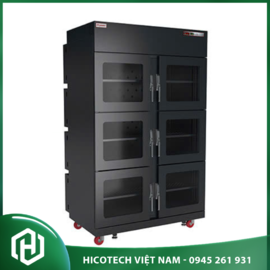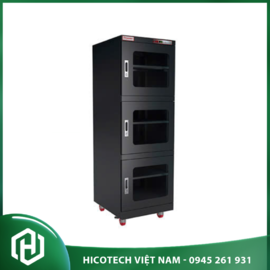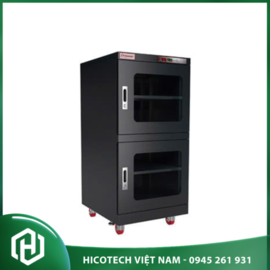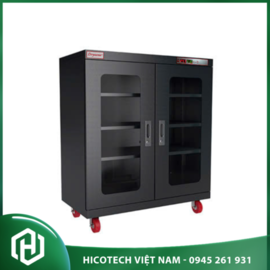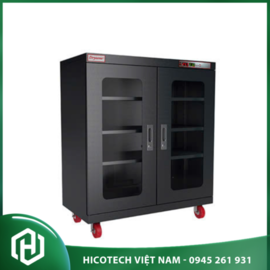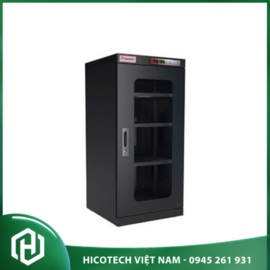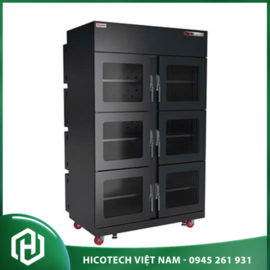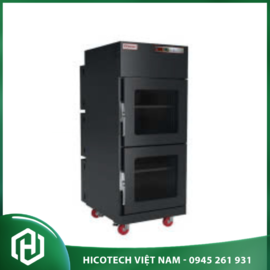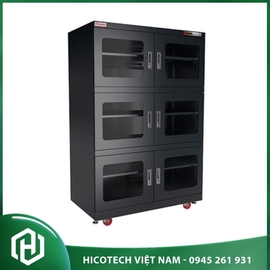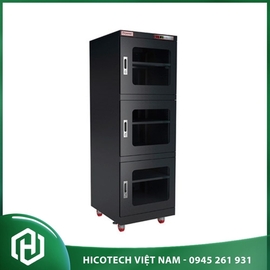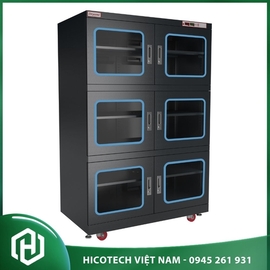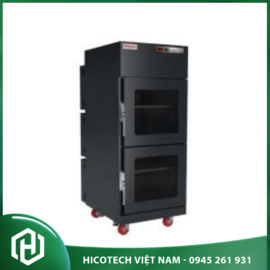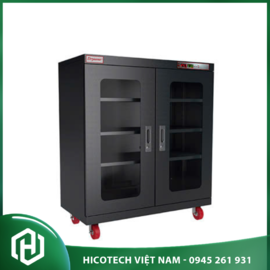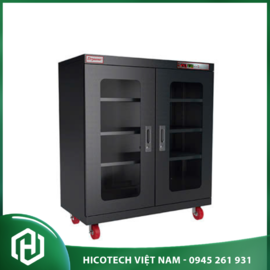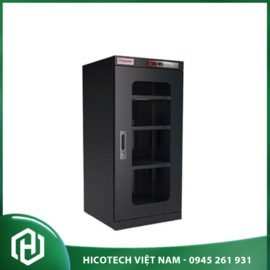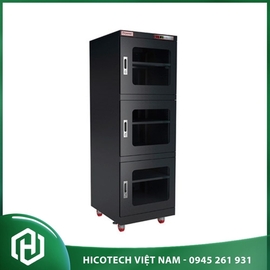Dry Cabinet
What is a Dry Cabinet?
A dry cabinet, alternatively known as a dehumidifying cabinet or dry box, serves as a protective storage solution for safeguarding sensitive items against excessive humidity. While these devices find applications across various industries, they are particularly popular for storing delicate camera equipment. The primary concern that dry cabinets address is the prevention of fungal growth, a common issue in environments characterized by darkness and high humidity, posing a threat to cameras and camera lenses.
Dry cabinets come in diverse shapes and sizes, utilizing different technologies. Contrary to its name, the purpose of a dry cabinet is not to create a completely humidity-free environment, as this could potentially harm the enclosed equipment. Similar to a cigar humidor, the primary role of a dry cabinet is to maintain an optimal relative humidity. Most dry boxes feature a hygrometer to enable users to monitor the humidity level inside.
How Does a Dry Cabinet Work?
Dry cabinets can be broadly categorized as active or passive. Passive models incorporate a desiccant within an airtight sealed box, offering limited control over humidity levels. While these boxes operate without electricity, they require periodic desiccant changes (or reactivation for multi-use desiccants), particularly with active use. Passive dry boxes are a suitable choice when power consumption is a concern, such as in off-the-grid applications. For regular home use, an active dry cabinet is typically a simpler and more effective solution.
An active dehumidifying cabinet with electronic humidity control automatically maintains a stable relative humidity at a preset level. Basic models often employ a small Peltier element to condense and remove airborne moisture, while advanced models use multi-porous molecular sieve desiccants with automatic regeneration mechanisms. Electronic dry boxes provide greater precision and reliability compared to passive models but necessitate a constant power source.
Do You Need a Dry Cabinet?
The necessity of a dry cabinet depends on factors such as location, climate, equipment, and usage patterns. Climate is a crucial factor, with warm, humid climates making a dehumidifying cabinet a prudent investment. Even cooler temperate climates can introduce enough moisture under certain conditions, particularly in coastal areas.
Usage patterns are the second most important consideration. Frequent use of equipment reduces the likelihood of moisture-related issues, even in moderately humid climates. However, if equipment is stored for extended periods, especially in wet or dewy conditions, the risk of fungus growth increases. Dark, warm cabinets after shoots in humid environments can contribute to fungal issues.
Optimum Humidity for Camera Storage
Using a dry cabinet for camera storage is a straightforward process, depending on the type of enclosure. With an active dry box, setting the desired humidity level is the only requirement, allowing the electronics to manage the rest. The recommended humidity level for camera storage is around 40-45%. For passive dry boxes, adding sufficient desiccant is necessary to maintain humidity close to these levels.
Maintaining the right balance is crucial, as excessively dry conditions can be as detrimental as excessive humidity. Storing gear in an enclosure with extremely low humidity may affect rubber parts, leatherette, certain plastics, lubricants, and some electronic components. Moreover, keeping humidity too low can pose a risk of electrostatic buildup.

